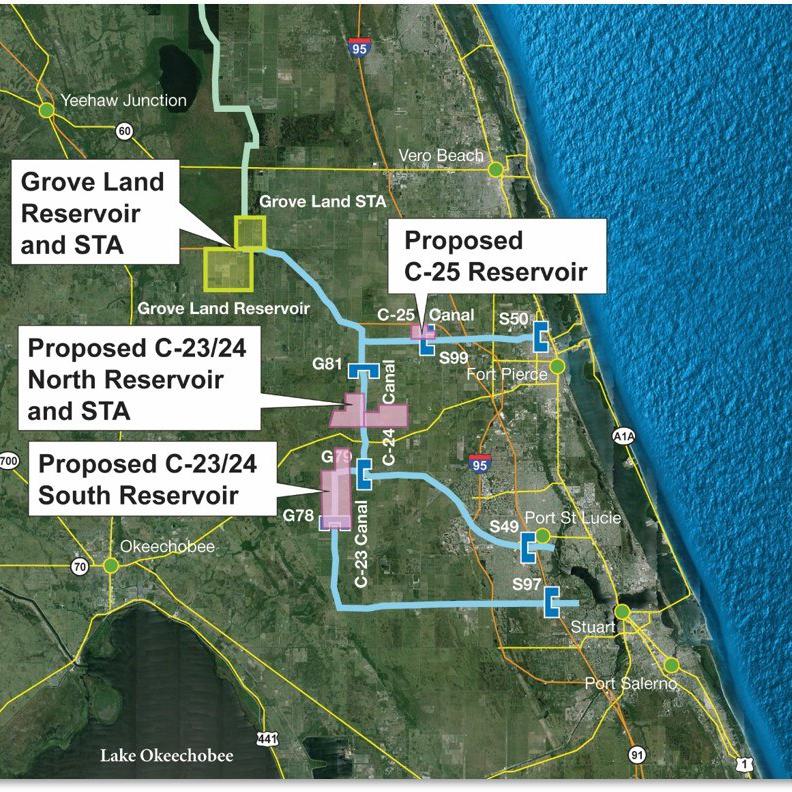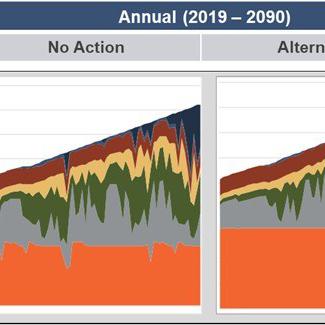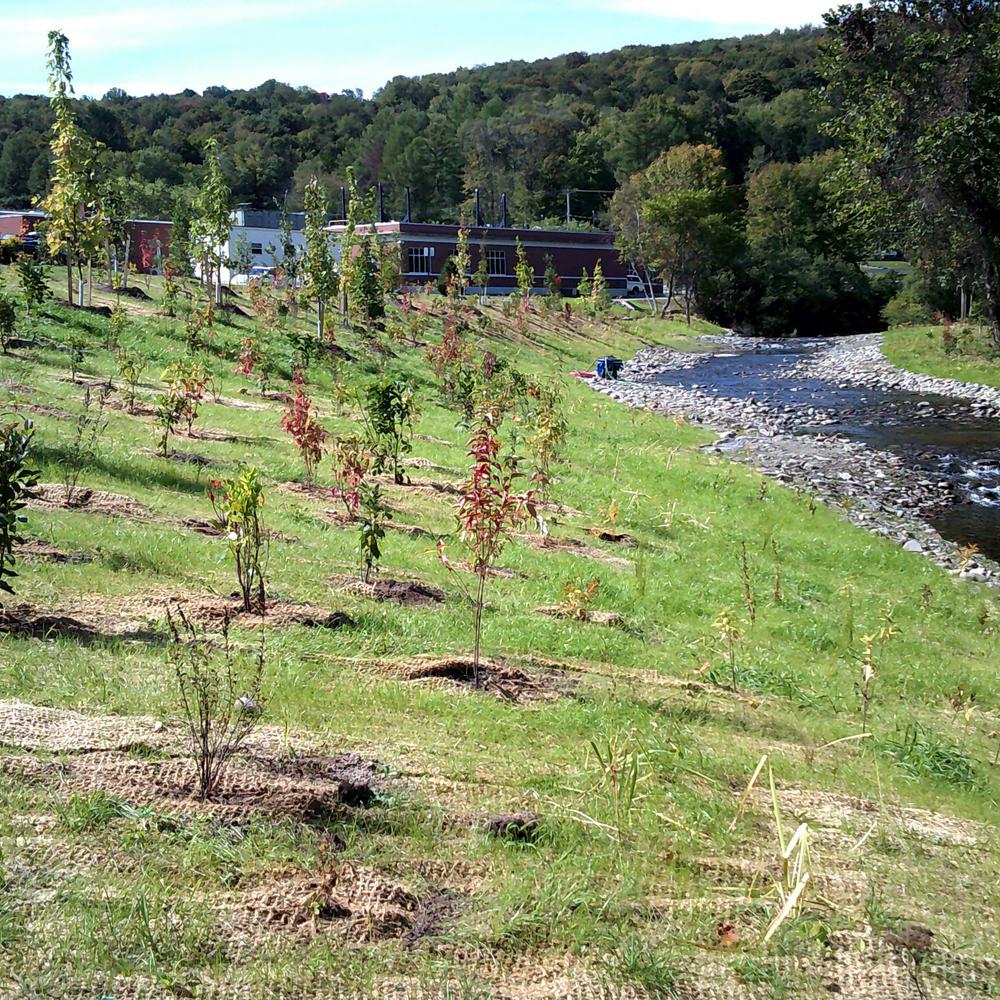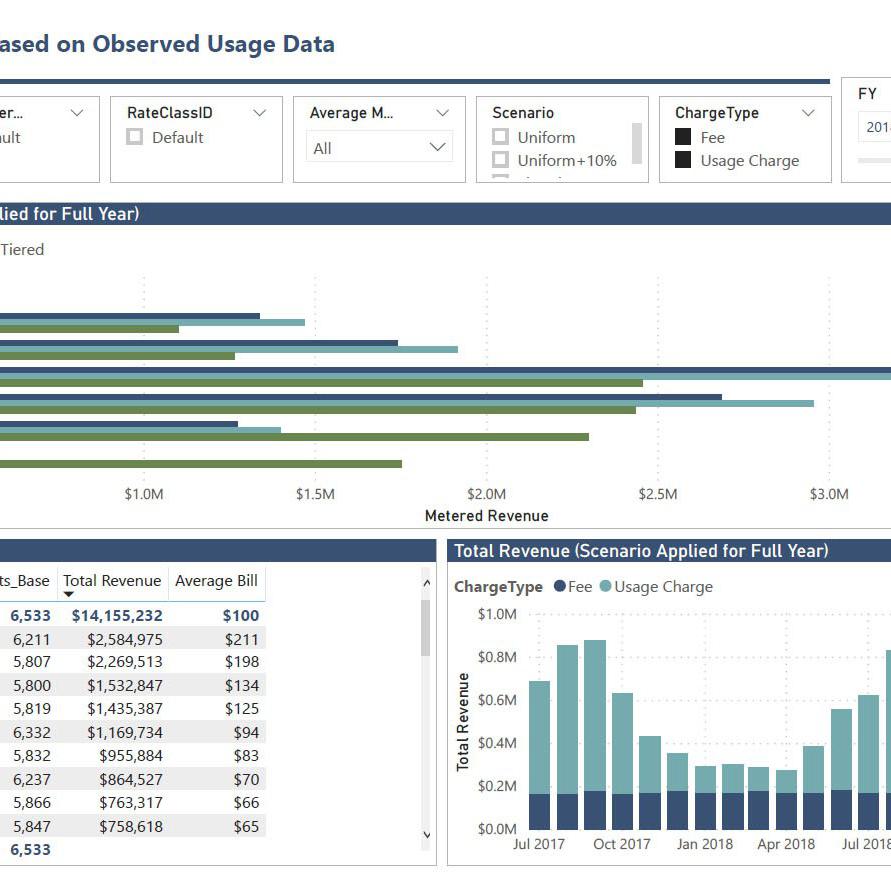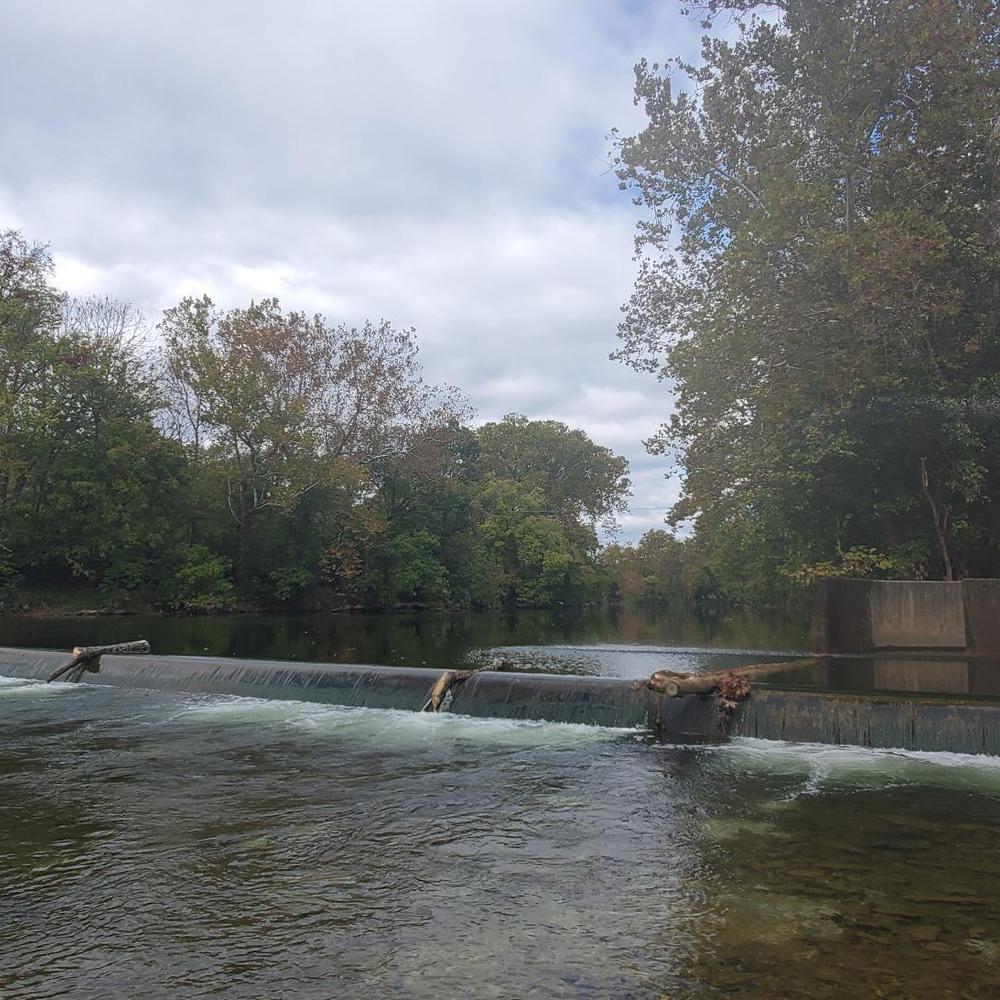Long-Range Water Demand Forecasting for San Diego County Water Authority
Hazen and Sawyer has been performing long-term demand forecasting for the San Diego Water Authority since 2006 through three separate engagements. Each engagement updated predictive models of water demands in the Water Authority region for single-family, multifamily, nonresidential and agricultural customer classes.
The San Diego County Water Authority (Water Authority) is a regional wholesale water supplier to 24 Member Retail Agencies, which include the City of San Diego and Pendleton Military Reservation. Through its Member Agencies, the Water Authority provides water to more than 3 million urban, suburban and rural customers, who reside across an expansive area of both coastal and inland climate zones. For long-term planning purposes, the Water Authority must forecast water needs to support decisions concerning capital expenditures, implementation of water conservation programs and changes to the structure and level of its water prices.

Jack Kiefer is a nationally recognized expert in issues related to water demand management and planning, particularly in the areas of water demand modeling, forecasting and conservation program evaluation.
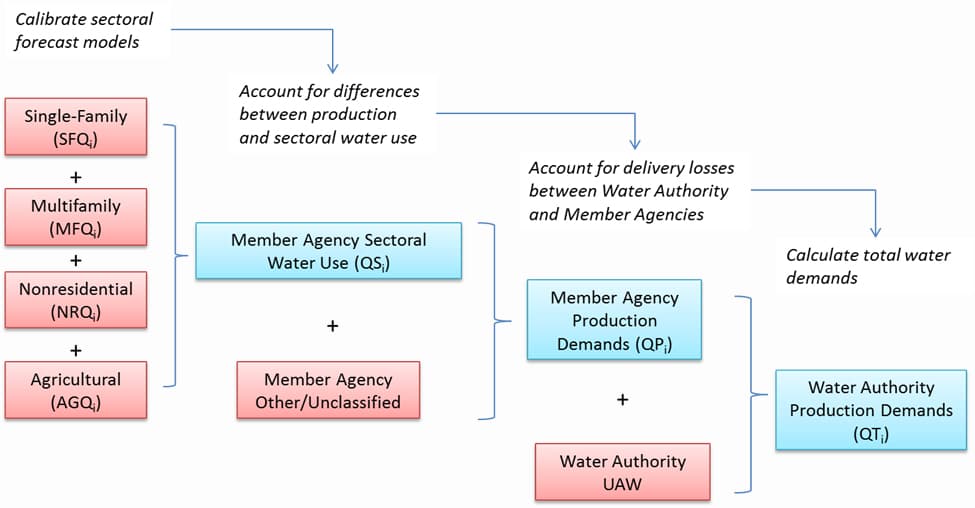
The SDCWA forecast development process consists of estimating and calibrating sectoral forecasts for each Member Agency, then estimating unbilled demands for each Member Agency from historical data for total production and sectoral demand, then estimating Authority unaccounted-for water prior to delivery to Member Agencies from historical data for total Member Agency demands and total Authority production and purchases.
Our various engagements have included the following major components:
- Utility survey of Member Agencies to collect historical water use and retail pricing data
- Compilation of historical and projected socioeconomic and land use data from the San Diego Association of Governments (SANDAG)
- Estimation and calibration of econometric models for single-family, multifamily, nonresidential and agricultural sectors, using advanced statistical analysis techniques, controlling for economic, land use, and demographic differences, as well for the effects of water supply shortage restrictions
- Development of weather response relationships at the member agency level and corresponding weather indices for identifying single and multi-year weather scenarios
- Development of climate change scenarios using regionally down-scaled climate projections
- Preparation of Water Authority, member agency and sectoral forecasts on annual and monthly time steps, embodied in a relational database
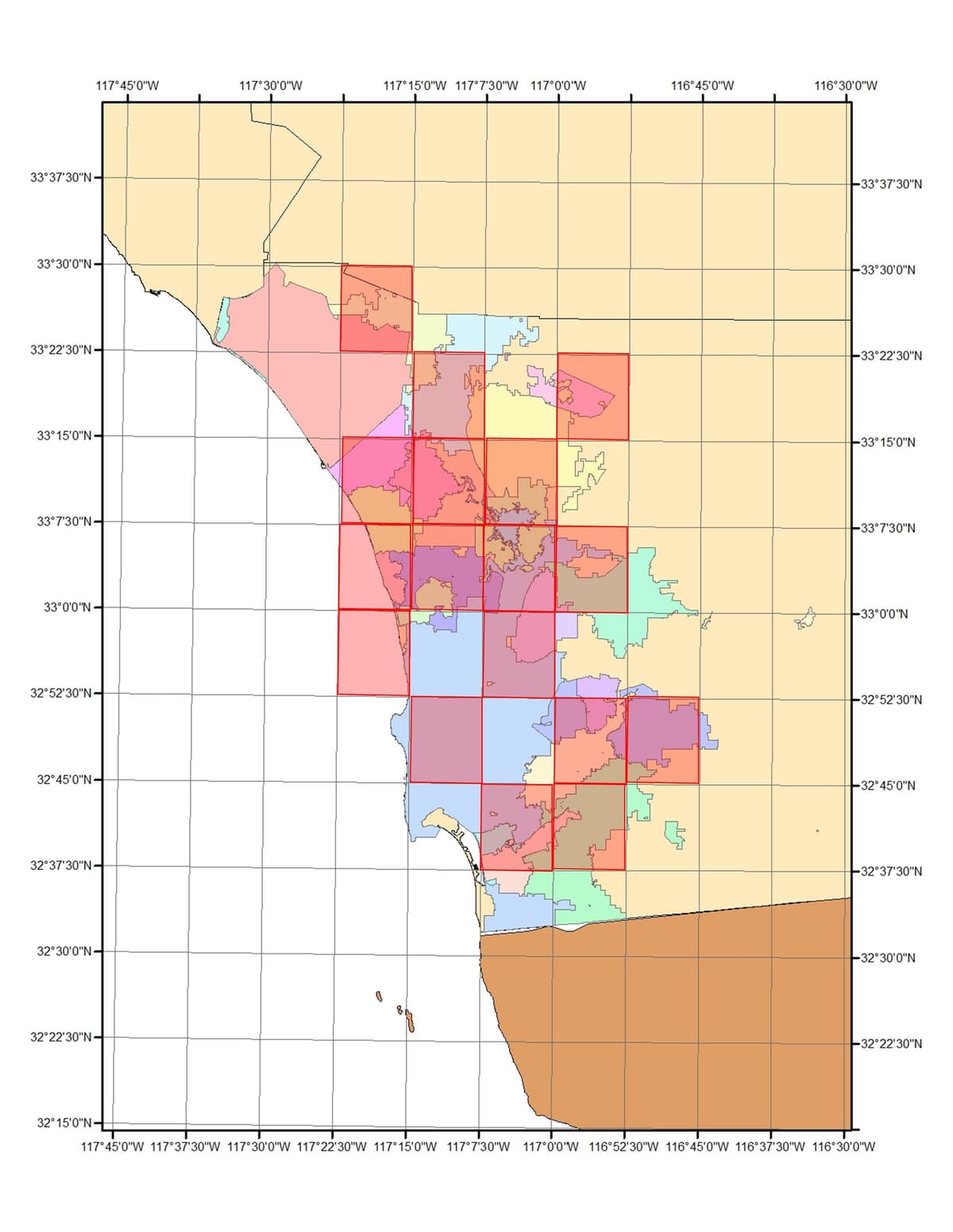
The resulting forecasts are based on an innovative, robust, and flexible set of sectoral demand models that reflect regional socioeconomic relationships, as well as the diverse range of climatic conditions that can be experienced across the region. Forecast analysis and calibration procedures, together with scenario analysis in collaboration with the Water Authority, led to the selection and approval of forecasts, despite short-term volatility in demands stemming from recession and water supply shortage restrictions.
Project Outcomes and Benefits
- Sophisticated water demand forecasts reflecting detailed, region-specific relationships with socioeconomic, weather, and technological conditions that govern water use.
- A rich database of member water use and the conditions that influence that use spanning a region of extreme climatic and socioeconomic diversity.
- Understanding of the ranges of possible future demands given scenarios of driving conditions, including scenarios of climate change, single wet- and dry-year and multiple-dry-year occurrences, and various potential demographic and economic outcomes.





